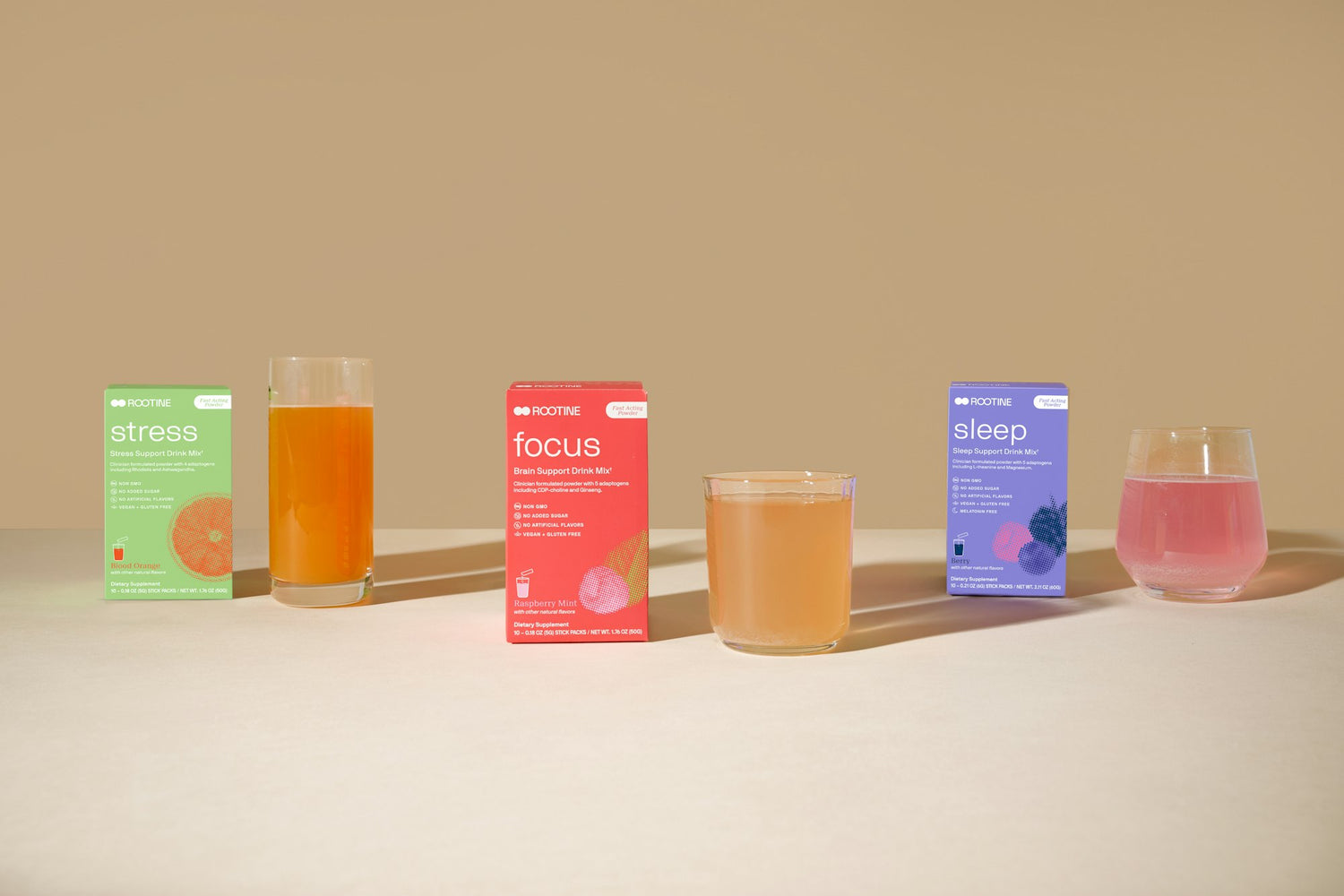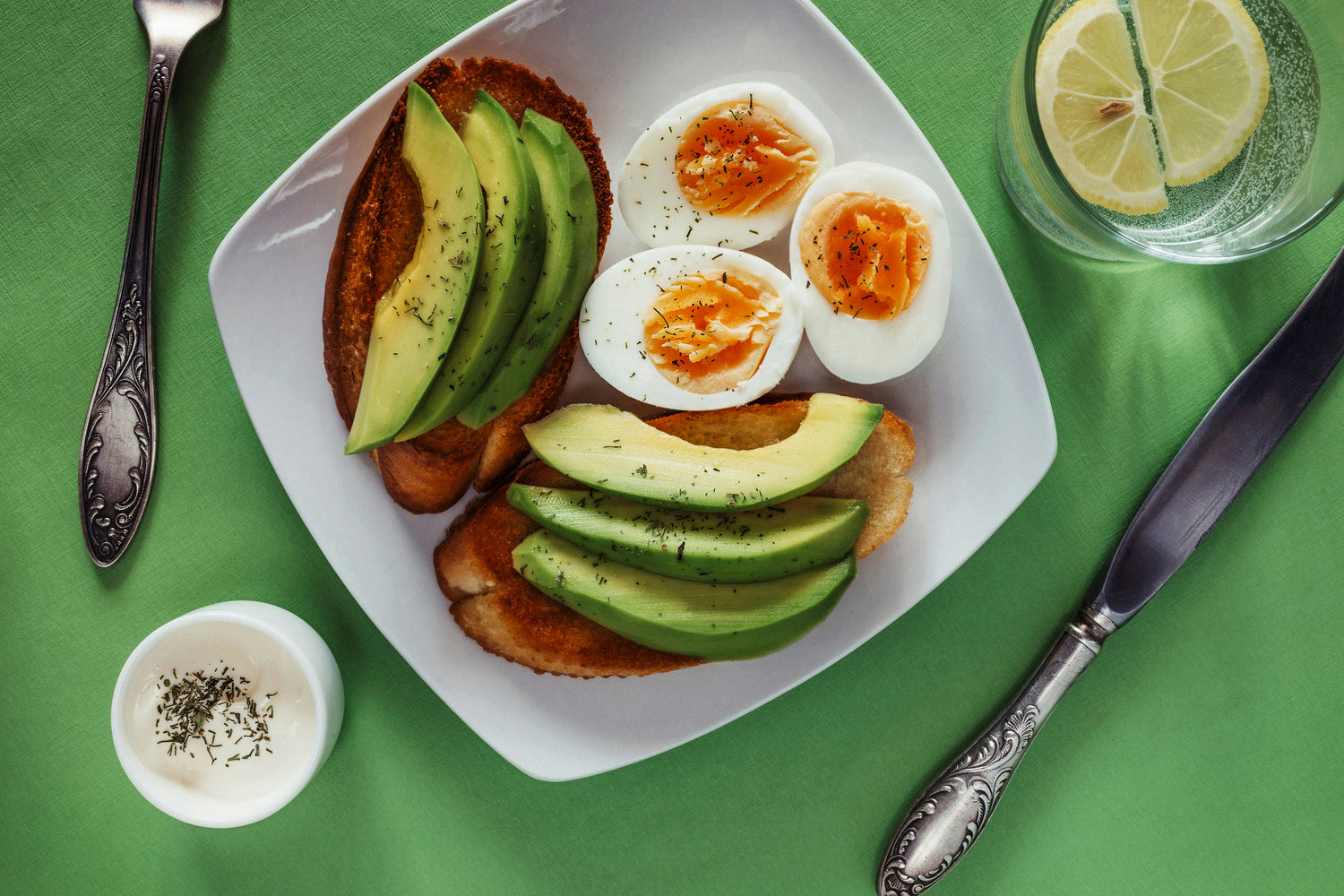Your body is a power plant. The uncountable number of chemical reactions happening inside us at any given moment fall under two categories: the breaking down of larger molecules into smaller molecules, or catabolic reactions, and the building of larger molecules from smaller ones, or anabolic reactions.
Both types of reactions make up what is referred to as metabolism, which generates the fuel your body needs to stay alive.
As with any building-up or breaking-down process, there is waste. In metabolism, the waste byproducts are free radicals (also called prooxidants). Free radicals serve both harmful and beneficial purposes. They can lead to heart disease and cancer, and are one of the main causes of aging, but they are also used by immune cells to fight off infections.
As with anything in life, you need to maintain a proper right balance. To keep these byproducts in check, evolution has granted us certain genes that stabilize free radicals and prevent them from causing chain reactions of destruction. If these genes don't work, we need antioxidants from food or supplements to protect us.
In this article we’ll review what causes the production of free radicals, how antioxidants fight them, the role genes play in the fight, antioxidant benefits, and much more.
But first, let’s explore what free radicals and antioxidants actually are!
What are free radicals?
There are many factors that contribute to the creation of free radicals, from us simply existing, to air pollution, bad foods, too little oxygen, too much oxygen, medication, alcohol, vigorous exercise (5% of inhaled oxygen becomes superoxide, an aggressive free radical - the faster you breathe, the more free radicals you produce!) and a whole bunch of other causes.
Free radicals are molecules in your cells that have an unpaired electron in their outer shell. Molecules in this state get very hungry for that missing electron, and go scrounging around for any electron they can find.
They could take electrons from protein or DNA molecules, for example, damaging them and turning them into free radicals in the process! As this escalates, free radical chain reactions damage entire cells, then their neighbors, and so on.
This resulting damage is called oxidative stress, and occurs when there are too many free radicals and too few antioxidants.
What are antioxidants?
Antioxidants are molecules that donate an electron to free radicals - without becoming free radicals in the process. Antioxidants are generated in your body, but you mainly receive them through your diet. One analogy we like is from Harvard Health: antioxidants are a natural “off switch” for free radicals [1].
The Harvard T.H. Chan School of Public Health notes that the term “antioxidant” is a bit misleading [2], as it makes the name sound like a substance. The term “antioxidant” means a substance has the ability to stabilize/neutralize free radicals by giving up an electron. Certain substances can be both antioxidants and prooxidants in different contexts.
Another misconception Harvard stresses, is the idea that antioxidants can be lumped into a single category, and they all perform the same functions. In fact, there are many antioxidants, each with their own unique properties.
But antioxidants are only a second layer of protection - genes are actually our main protection mechanism!
The role of genes in free radical protection
Time for some strange acronyms. Certain genes, like GPX1, SOD2, GSTT1, GSTP1 and GSTM1, all help neutralize free radicals. These genes are our first line of defense against the free radical tyrants.
NQO1 is a great example too. The body produces Coenzyme Q10 (or CoQ10), and the NQO1 gene converts it into an antioxidant to protect us. Alpha Lipoic Acid is another substance the body produces that acts as a powerful antioxidant.
These genes are meant to be the ultimate protection against free radicals... if they would function properly 100% of the time. Since all of us are born with various gene mutations, and some of these mutations might affect the genes that protect us from free radicals, we must turn to other forms of defence.
If this is the case, antioxidants from food or antioxidant supplements must take on the burden of keeping free radicals in check.
The truth about free radicals
An excess of free radicals can lead to life threatening complications later in life, such as cancer.
Some examples of internal damage from free radicals include changing the instructions in DNA strands, damaging a cell’s membranes (altering what goes in and out of the cell), and causing bad cholesterol to get stuck in artery walls (which can lead to coronary heart disease, the leading cause of death in the US).
But when available in moderation, free radicals play an important role in your body’s defence system: your immune cells release free radicals to help combat diseases [3].
Oxidative stress can also come about from an intense gym session, but studies have found that consistent exercise was enough to improve antioxidant defenses [4].
With the help of a balanced diet and consistent exercise, your body naturally fights off and leverages free radicals.
So where did this antioxidants craze get started?
How the antioxidant craze started
Sometime in the 90s, researchers began to discover the ways an imbalance of free radicals may lead to a range of diseases. So studies began attempting to test whether single substances containing antioxidants could be used to combat these maladies [5].
But before the results even surfaced, marketers saw the opportunity for a new fad (which reminds us of the chlorophyll fad on the 50s). Here you have something that has been proven to fight the world’s most notorious ailments, from heart disease to cancer to age-related eyesight problems, and you can package that into a pill, or market foods rich in that substance.
Goji and açaí berries are just a few of the internet sensations that followed. Today’s global antioxidants market is expected to reach $4.5 billion in the next several years.
Let’s explore what nutrients and foods contain antioxidants.
Foods high in antioxidants
Your body produces its own antioxidants, like Alpha Lipoic Acid. But the largest source of antioxidants comes from your diet. Vitamin C and Vitamin E are vital nutrients that act as direct antioxidants, and can be found in veggies, fruits, whole grains, nuts, eggs, seeds and many other foods [6].
Vitamin C and E can buddy up to actually recycle themselves. Usually when an antioxidant molecule neutralizes a free radical, it loses its potency. When you mix Vitamin C and E together, however, they recycle themselves to become antioxidants again!
Selenium also (indirectly) contributes to the fight: it’s required to build proteins that act as antioxidants.
Foods that contain CoQ10 (only if the NQO1 gene works!) and Beta Carotene are also great sources of antioxidants. Berries of all kinds are especially rich in the [7]m. And lest we forget, coffee is a large source of antioxidants in the western diet! [8, 9]
The right balance is key
Free radicals can lead to cancer, heart disease, Alzheimer’s, and even vision loss [10]. But taking large quantities of certain antioxidants - whether these are in the form of vitamins, minerals or berries - is not such a good idea.
Our bodies have been maintaining a balance of free radicals and antioxidants since time immemorial, and a large part of that balance is a proper diet and proper nutrient dosages.
This includes finding the right mix of antioxidants suited for your body and genetics - which is exactly what Rootine helps you do with personalized nutrient packets.
Get personalized nutrients delivered to your door
Our personalized nutrient packets include only the antioxidants you need - all dosed according to DNA kit results and lifestyle assessment. To see what's included in your monthly subscription of Rootine vitamins and minerals, see the link below.
1. Harvard Health Publishing. “Understanding Antioxidants.” Harvard Health.
2. “Antioxidants: Beyond the Hype.” The Nutrition Source, 26 Feb. 2018.
3. Pham-Huy, Lien Ai et al. “Free radicals, antioxidants in disease and health.” International journal of biomedical science : IJBS vol. 4,2 (2008): 89-96.
4. Priscilla M Clarkson, Heather S Thompson, Antioxidants: what role do they play in physical activity and health?, The American Journal of Clinical Nutrition, Volume 72, Issue 2, August 2000, Pages 637S–646S.
6. Ock K. Chun, Anna Floegel, Sang-Jin Chung, Chin Eun Chung, Won O. Song, Sung I. Koo, Estimation of Antioxidant Intakes from Diet and Supplements in U.S. Adults, The Journal of Nutrition, Volume 140, Issue 2, February 2010, Pages 317–324.
7. Olas, Beata. “Berry Phenolic Antioxidants - Implications for Human Health?.” Frontiers in pharmacology vol. 9 78. 26 Mar. 2018.
8. Arne Svilaas, Amrit Kaur Sakhi, Lene Frost Andersen, Tone Svilaas, Ellen C. Ström, David R. Jacobs, Leiv Ose, Rune Blomhoff, Intakes of Antioxidants in Coffee, Wine, and Vegetables Are Correlated with Plasma Carotenoids in Humans, The Journal of Nutrition, Volume 134, Issue 3, March 2004, Pages 562–567.
9. “Antioxidants Explained in Human Terms.” Healthline, Healthline Media.



